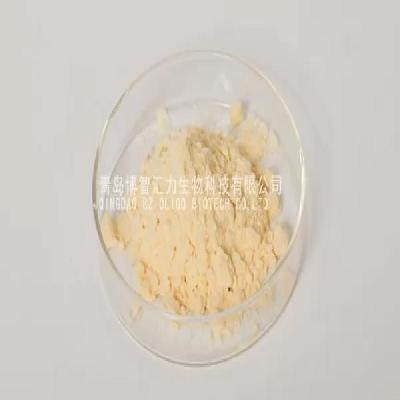-
Categories
-
Pharmaceutical Intermediates
-
Active Pharmaceutical Ingredients
-
Food Additives
- Industrial Coatings
- Agrochemicals
- Dyes and Pigments
- Surfactant
- Flavors and Fragrances
- Chemical Reagents
- Catalyst and Auxiliary
- Natural Products
- Inorganic Chemistry
-
Organic Chemistry
-
Biochemical Engineering
- Analytical Chemistry
-
Cosmetic Ingredient
- Water Treatment Chemical
-
Pharmaceutical Intermediates
Promotion
ECHEMI Mall
Wholesale
Weekly Price
Exhibition
News
-
Trade Service
Optical fibers are evolving in the direction of large effective area and ultra-low loss
.
According to the current network traffic usage speculation, 400G will become the dominant rate in the next 5-10 years, mainly used in backbone network and data center intersection scenarios, the construction of 400G network is a general trend, ITU-T is expected to release G.
654 new optical fiber standard in September this year, Unicom has carried out 400G network live network testing
.
Preform is the core link of optical fiber production, profit accounts for nearly 70%, at present China has mastered the corresponding production technology, the existing domestic preform production capacity of more than 7,000 tons, can basically meet the demand
.
In terms of raw materials, China breaks the international monopoly situation of germanium tetrachloride, silicon tetrachloride and holding rods to reduce costs, but the core raw material base pipes still rely on imports, and the gross profit of domestic companies is limited
to a certain extent.
The Ministry of Commerce imposed three large-scale anti-dumping tariffs in 2004, 2011 and 2015, from fiber optics to preforms, and domestic manufacturers had policy protection
.
At present, the 2011 anti-dumping measures are being reviewed, and there is a view in the industry that the anti-dumping treaty
will be renewed with a high probability.
Compared with developed countries, China's network still has a lot of room for acceleration, with the development of the Internet, traffic is rising under Moore's Law, and the State Council frequently puts forward broadband construction goals
.
The demand for optical cables is mainly eight horizontal and eight vertical backbone network replacement needs, fiber-to-the-home demand, network acceleration demand and future 400G construction demand, of which the backbone network replacement and fiber-to-the-home market space exceeds 20 billion
.
Demand continues to rise, domestic manufacturers have a high capacity utilization rate, and it is expected that volume and price will still rise
in the next two years.
Optical fibers are evolving in the direction of large effective area and ultra-low loss
.
According to the current network traffic usage speculation, 400G will become the dominant rate in the next 5-10 years, mainly used in backbone network and data center intersection scenarios, the construction of 400G network is a general trend, ITU-T is expected to release G.
654 new optical fiber standard in September this year, Unicom has carried out 400G network live network testing
.
Preform is the core link of optical fiber production, profit accounts for nearly 70%, at present China has mastered the corresponding production technology, the existing domestic preform production capacity of more than 7,000 tons, can basically meet the demand
.
In terms of raw materials, China breaks the international monopoly situation of germanium tetrachloride, silicon tetrachloride and holding rods to reduce costs, but the core raw material base pipes still rely on imports, and the gross profit of domestic companies is limited
to a certain extent.
The Ministry of Commerce imposed three large-scale anti-dumping tariffs in 2004, 2011 and 2015, from fiber optics to preforms, and domestic manufacturers had policy protection
.
At present, the 2011 anti-dumping measures are being reviewed, and there is a view in the industry that the anti-dumping treaty
will be renewed with a high probability.
Compared with developed countries, China's network still has a lot of room for acceleration, with the development of the Internet, traffic is rising under Moore's Law, and the State Council frequently puts forward broadband construction goals
.
The demand for optical cables is mainly eight horizontal and eight vertical backbone network replacement needs, fiber-to-the-home demand, network acceleration demand and future 400G construction demand, of which the backbone network replacement and fiber-to-the-home market space exceeds 20 billion
.
Demand continues to rise, domestic manufacturers have a high capacity utilization rate, and it is expected that volume and price will still rise
in the next two years.







